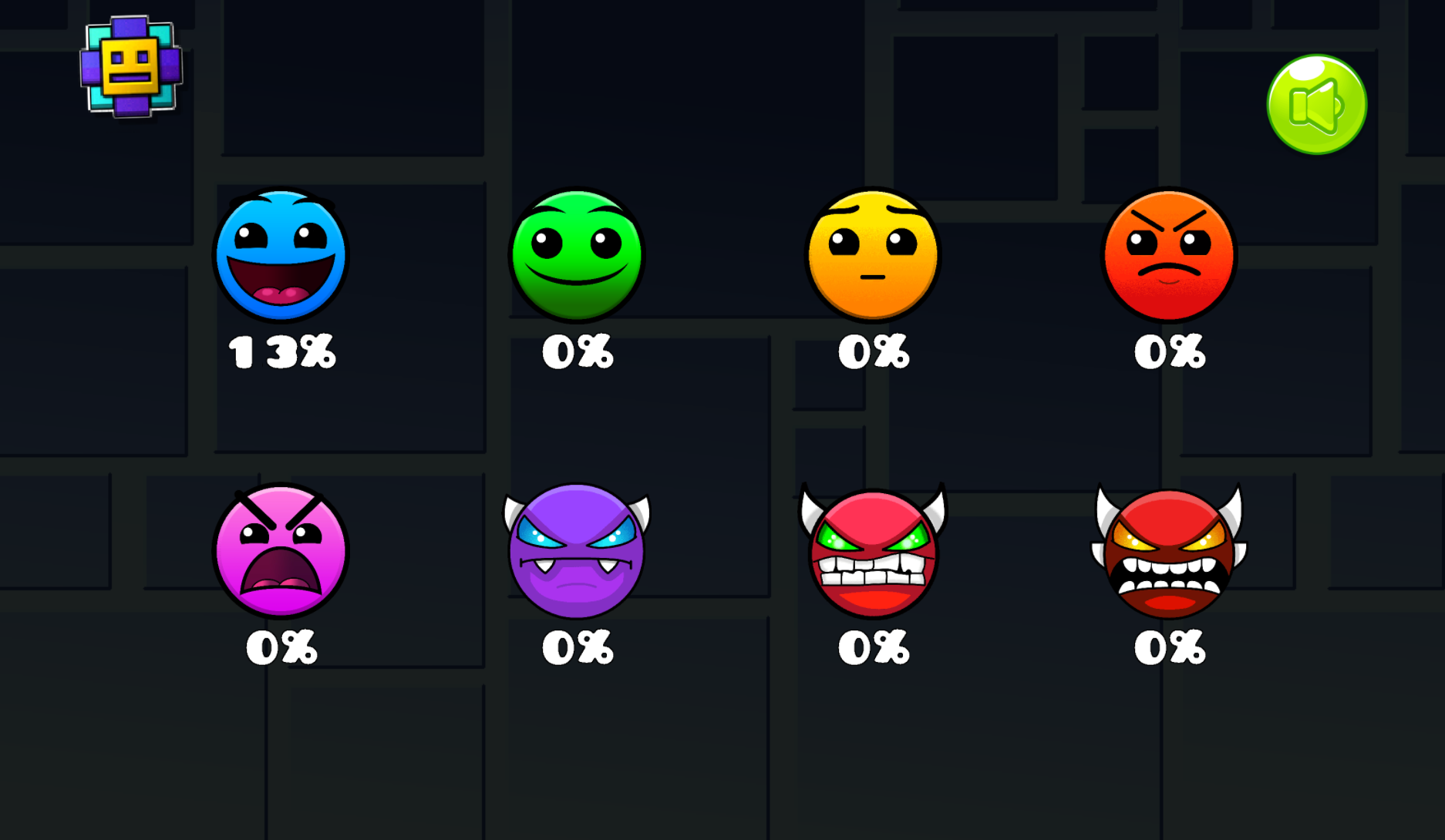Pips NYT – Daily Logic With Domino Discipline
Pips NYT is a daily logic puzzle that asks you to think like a strategist and count like a mathematician. Instead of letters or words, the NYT Pips puzzle uses domino tiles and compact numeric rules to create grid-based challenges that feel crisp, fair, and deeply satisfying. Each board presents a small ecosystem of constraints: every region requires a precise set of pips, dominoes cannot overlap, and placements must respect adjacency and duplication limits. The result is a puzzle that rewards method, patience, and a steady eye for structure.
How the Pips Puzzle Works
At its core, the Pips NYT puzzle gives you a grid divided into regions. Each region or row/column hints at how many pips should appear within it. Your job is to place domino tiles so that the total pips match the clues without breaking the global rules. You will scan for forced placements—spots where only one domino value fits. From there, you propagate certainty: every placement reduces the unknowns, and every elimination shrinks the space of possibilities.
Beginner Mindset: Fewer Guesses, More Deductions
The fastest way to improve is to stop guessing. Pips NYT is built to be solvable with pure logic. Start with these anchors: cells that must contain high-value pips to reach a regional sum, narrow corridors where only one domino orientation fits, and parity constraints where an odd total forces a specific pip distribution. When in doubt, re-count totals and look for regions that are almost complete—one missing pip usually reveals a hard truth.
Intermediate Strategy: Pip Accounting
Keep a running ledger for each region. If a region must total eight pips and you already see a 3–2 combination placed, you know the remainder is three. Which tiles can produce that remainder without colliding with neighbors? Write a tiny note or keep the number in your head. This accounting turns a large puzzle into a set of tiny, solvable equations.
Advanced Tactics: Pattern Locks
- Chokepoints: One-cell bottlenecks force domino orientation; use them to lock placements.
- Sum ceilings: If a region only has space for two tiles, its total cannot exceed the largest pair that fits.
- Mutual exclusions: When a high-value domino claims a path, nearby options collapse—recount everything.
Why It Feels Good
Pips NYT is elegant because every step is earned. You place a tile, watch three constraints resolve, and feel the board relax. There is no timer pressure; the challenge is to think cleanly. It is the kind of daily brain exercise that sharpens pattern recognition and numerical intuition without demanding hours.
Want a change of pace after the daily? Visit our Prison Escape Journey homepage for a completely different challenge—digging tunnels, reading patrols, and executing a precise escape route in a 3D simulation.







